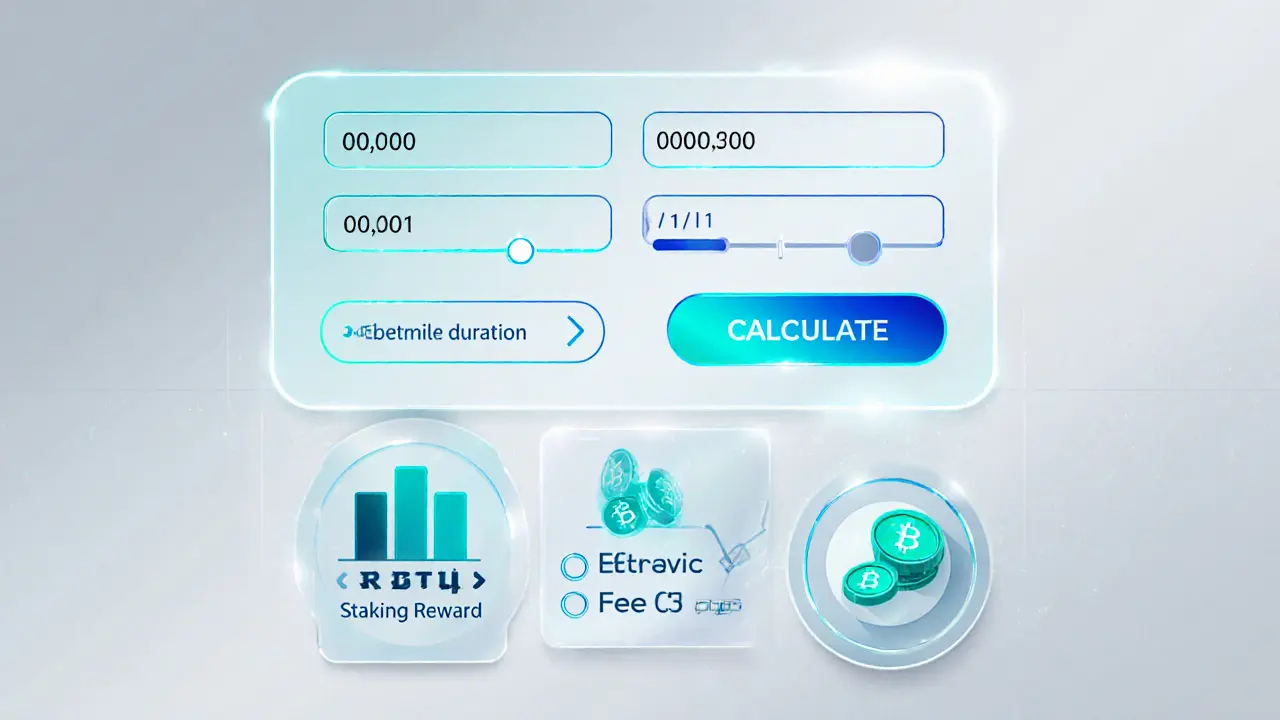Orderly Network – The Solana Order‑Book DEX Explained
When working with Orderly Network, a Solana‑based order‑book decentralized exchange that brings professional‑grade trading to blockchain. Also known as Orderly, it focuses on fast matching, deep liquidity, and transparent price discovery. In plain terms, Orderly Network lets you place limit orders, see an actual order book, and trade at the exact price you set—just like a traditional exchange, but without a central authority. This model matters because most DEXs rely on automated market makers (AMMs) that price assets differently. If you’ve ever felt slippage on an AMM swap, you’ll appreciate the predictability Orderly offers.
Key Concepts Behind Orderly Network
The backbone of Orderly is Solana, a high‑throughput blockchain that can handle thousands of transactions per second with sub‑second finality. Solana’s speed enables Orderly to match orders in milliseconds, a crucial factor for active traders. Another core piece is the order‑book model, a ledger that records buy and sell offers at specific prices. Unlike AMM pools, the order‑book shows real market depth, letting liquidity providers (LPs) see exactly where demand sits. LPs on Orderly can post limit orders that sit on the book and earn fees only when they’re filled, which often translates to better capital efficiency.
Liquidity provision is tightly linked to crypto liquidity, the ease with which digital assets can be bought or sold without moving the market. Orderly’s design encourages LPs to concentrate capital around price levels they trust, resulting in tighter spreads and less price impact for traders. This relationship creates a feedback loop: deeper liquidity improves trade execution, which attracts more traders, which in turn draws more LPs. The platform also supports cross‑margin features, meaning you can trade multiple assets against a single collateral pool, a benefit rarely seen on pure AMM DEXs.
Regulation matters even in decentralized finance. While Orderly itself is permissionless, many of its users operate in jurisdictions where crypto licensing, such as US MSB registration or the BitLicense, determines how they can interact with on‑chain services. Understanding the crypto regulatory landscape, rules that govern crypto exchanges, licensing, and compliance helps traders stay compliant when moving funds to or from Orderly. Our collection of articles below touches on licensing guides, sandbox programs, and exchange reviews, all of which give you a broader view of where Orderly fits in the global market.
All this means you get a fast, transparent, and regulation‑aware trading experience on Orderly Network. Below you’ll find deep dives into licensing, token specifics, exchange safety, and more—each article adds a piece to the puzzle of how Orderly and its ecosystem operate in today’s crypto world. Dive in and see how you can leverage order‑book trading on Solana to boost your strategy.

Orderly (ORDER) Crypto Coin Explained - What It Is and How It Works
Dec 9, 2024, Posted by Ronan Caverly
Explore Orderly (ORDER) crypto coin: its purpose, architecture, token utilities, security features, market position, and how to buy and stake it in 2025.
MORESEARCH HERE
Categories
TAGS
- decentralized exchange
- crypto exchange review
- cryptocurrency
- crypto coin
- CoinMarketCap airdrop
- smart contracts
- tokenomics
- cryptocurrency exchange safety
- crypto exchange
- cryptocurrency airdrop
- crypto airdrop
- cryptocurrency exchange
- crypto airdrop guide
- blockchain token distribution
- DeFi
- crypto exchange scam
- crypto airdrop 2025
- Ethereum
- cross-chain interoperability
- ERC-20
